Related Research Articles

Daniel Defoe was an English journalist, merchant, pamphleteer and spy. He is most famous for his novel Robinson Crusoe, published in 1719, which is claimed to be second only to the Bible in its number of translations. He has been seen as one of the earliest proponents of the English novel, and helped to popularise the form in Britain with others such as Aphra Behn and Samuel Richardson. Defoe wrote many political tracts, was often in trouble with the authorities, and spent a period in prison. Intellectuals and political leaders paid attention to his fresh ideas and sometimes consulted him.
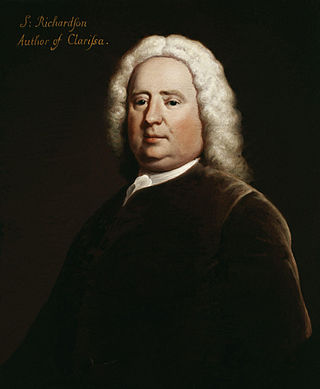
Samuel Richardson was an English writer and printer known for three epistolary novels: Pamela; or, Virtue Rewarded (1740), Clarissa: Or the History of a Young Lady (1748) and The History of Sir Charles Grandison (1753). He printed almost 500 works, including journals and magazines, working periodically with the London bookseller Andrew Millar. Richardson had been apprenticed to a printer, whose daughter he eventually married. He lost her along with their six children, but remarried and had six more children, of whom four daughters reached adulthood, leaving no male heirs to continue the print shop. As it ran down, he wrote his first novel at the age of 51 and joined the admired writers of his day. Leading acquaintances included Samuel Johnson and Sarah Fielding, the physician and Behmenist George Cheyne, and the theologian and writer William Law, whose books he printed. At Law's request, Richardson printed some poems by John Byrom. In literature, he rivalled Henry Fielding; the two responded to each other's literary styles.
This article contains information about the literary events and publications of 1724.

The Peak Cavern, also known as the Devil's Arse, is one of the four show caves in Castleton, Derbyshire, England. Peakshole Water flows through and out of the cave, which has the largest cave entrance in Britain.

Herman Moll was a British cartographer, engraver, and publisher.

Celia Fiennes was an English traveller and writer. She explored England on horseback at a time when travel for its own sake was unusual, especially for women.
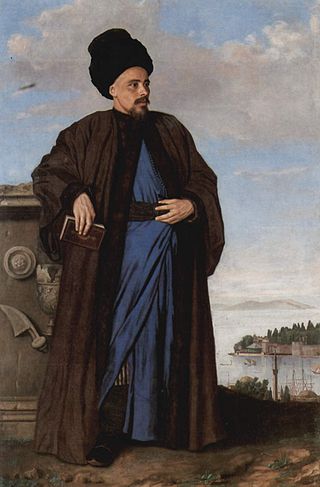
Richard Pococke was an English-born churchman, inveterate traveller and travel writer. He was the Bishop of Ossory (1756–65) and Meath (1765), both dioceses of the Church of Ireland. However, he is best known for his travel writings and diaries.

The River Alre is a tributary of the River Itchen in Hampshire in the south of England. It rises in Bishop's Sutton and flows west for 6 km (3.7 mi) to meet the Itchen below New Alresford.
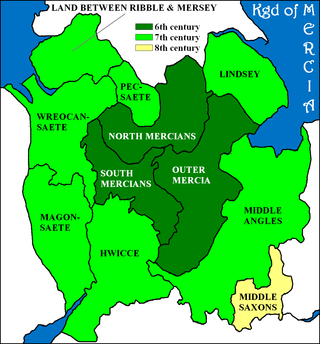
The Pecsætan, also called Peaklanders or Peakrills in modern English, were an Anglo-Saxon tribe who inhabited the central and northern parts of the Peak District area in England.
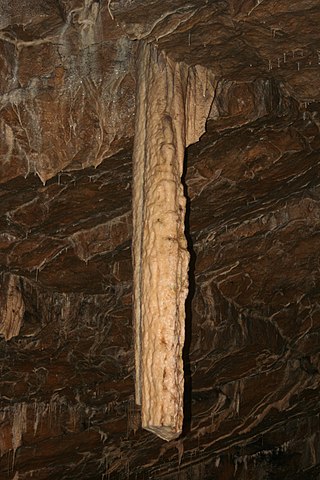
Poole's Cavern or Poole's Hole is a two-million-year-old natural limestone cave on the edge of Buxton in the Peak District, in the county of Derbyshire, England.
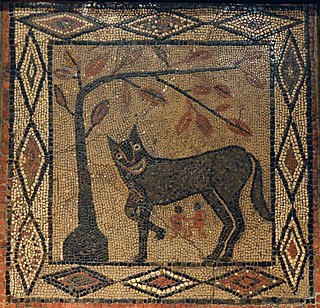
Isurium or Isurium of the Brigantes was a Roman fort and town in the province of Britannia at the site of present-day Aldborough in North Yorkshire, England, in the United Kingdom. Its remains—the Aldborough Roman Site—are in the care of English Heritage.
Events from the year 1724 in Great Britain.

Temple Mill Island is an island in the River Thames in England upstream of Marlow, and just downstream of Temple Lock. It is on the southern Berkshire bank close to Hurley.

The Old Hall Hotel is a hotel in Buxton, Derbyshire, England, and is one of the oldest buildings in the town. The current building dates from the Restoration period, built around and incorporating an earlier fortified tower.

The Northumbrian burr is the distinctive uvular pronunciation of R in the traditional dialects of Northumberland, Tyneside ('Geordie'), and northern County Durham, now remaining only among speakers of rural Northumberland, excluding Tyne and Wear. It is one of the few rhotic dialects left in England.
Robert Balfour, 5th Lord Balfour of Burleigh was a Jacobite from the Burleigh family of the county of Kinross, remembered chiefly for a crime of passion that brought devastation to his family.

The Green Man is a pub and road junction on High Road, Leytonstone, London. The pub has been rebranded as part of the O'Neill's chain. The current 1920s building replaced an earlier public house, close to the original site; which was built around 1668 and mentioned by Daniel Defoe.
Sir Isaac Rebow was a clothier and merchant who served as Member of Parliament for Colchester in the late seventeenth and early eighteenth centuries.

The 2003 Nobel Prize in Literature was awarded to the South African novelist John Maxwell Coetzee, better known simply as J. M. Coetzee, "who in innumerable guises portrays the surprising involvement of the outsider." He is the fourth African writer to be so honoured and the second South African after Nadine Gordimer in 1991.
References
- ↑ Southall, Humphrey; Great Britain Historical GIS Project (2009). Tour Through the Whole Island of Great Britain. Department of Geography. University of Portsmouth.
- ↑ Defoe, Daniel (1724–1726). Rogers, Pat (ed.). A Tour Through the Whole Island of Great Britain. Penguin. p. 736. ISBN 978-0140430660.
- ↑ Eaves, TC Duncan; Kimpel, Ben D. (1971). Samuel Richardson: A Biography . Oxford UP. p. 73. ISBN 978-0198124313.
